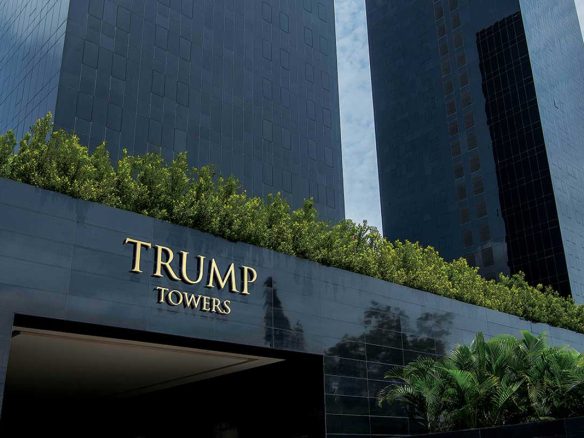Savills have produced their Branded Residences Report 25/26, packed full of data and insight into this global sector of exclusive luxury real estate. We unpack the top takeaways from this detailed report.
Explosive Growth Continues
The branded residences sector is expected hit 910 schemes globally by end of 2025, up 19% from 764 in December 2024. This represents nearly triple the 323 schemes that existed in 2015. With 837 contracted projects scheduled through 2032, the total will reach 1,747 schemes. The pipeline now spans over 90 countries, with 25 launching their first branded residential development.
Regional dynamics have shifted dramatically. Asia Pacific has grown 55% in five years, driven by Vietnam, Thailand and India. The Middle East and North Africa region has exploded 187%, led by Dubai and the Gulf states.
Where the Market Is
Dubai leads with 64 completed projects and 87 in the pipeline. South Florida (Miami and Fort Lauderdale) follows with 48 completed and 55 in pipeline. New York has 32 completed while Cairo, despite just 2 completed, has 26 in the pipeline.
Notable absences include Paris (zero completed, two in pipeline), Hong Kong (four completed, nothing in pipeline), Sydney (three completed, nothing in pipeline), and Monaco (zero). Strict planning regulations, land scarcity and heritage protections limit development in these wealthy markets.
Brand Dynamics
Hotel brands dominate at 79% of completed stock. Marriott and Accor lead parent groups with portfolios in the hundreds. Four Seasons ranks third as the only single brand in the top 10. The Ritz-Carlton and Four Seasons consistently top individual brand rankings. This year brought 39 new hotel brands and 19 new non-hotel brands into the sector.
For non-hotel brands, YOO Inspired by Starck leads, followed by Pininfarina, Trump and Elie Saab. Design firms dominate, but fashion, food and beverage, and automotive labels show the strongest pipeline growth.
Premiums and Trends
Branded residences command a 33% average premium over comparable non-branded properties. Urban markets average 30%, while resorts hit 39%. Emerging cities show 57% higher variance than established markets, meaning brand alone guarantees nothing. Location, design quality and operations determine success.
The pipeline is shifting toward resorts (54% vs 46% urban) and standalone developments (33% vs 67% mixed-use). Hotel operators no longer need an on-site hotel to launch residences, particularly in cities where they already operate.
What Buyers Want and What’s Missing
Buyers seek both lifestyle and investment returns. Service charges remain a top concern, even among high net worth individuals. They want basics done exceptionally well: concierge, pools, gyms, spas, and work spaces. Access to exclusive experiences, priority tickets to events and curated encounters, justifies the premium.
The sector is missing entire brand categories. Despite Chelsea entering through DAMAC, major sportswear brands remain absent. Gaming brands could tap into 3.48 billion active gamers globally. Film industry partnerships near major studios could serve A-list talent needing long-term privacy and space.
As the market expands toward 1,747 projects across 90 countries by 2032, success depends less on scale and more on execution: local knowledge, clear targeting and strategic brand fit.
DOWNLOAD AND READ THE FULL REPORT

BRESI is where the branded real estate industry gets its news.
We deliver daily coverage of project announcements, construction updates, industry partnerships, and market analysis. Our reporting tracks new developments, executive moves, deal activity, and performance data across global markets.
The editorial team also conducts interviews with developers, hotel brands, and industry executives, providing readers direct access to the figures driving the sector.




